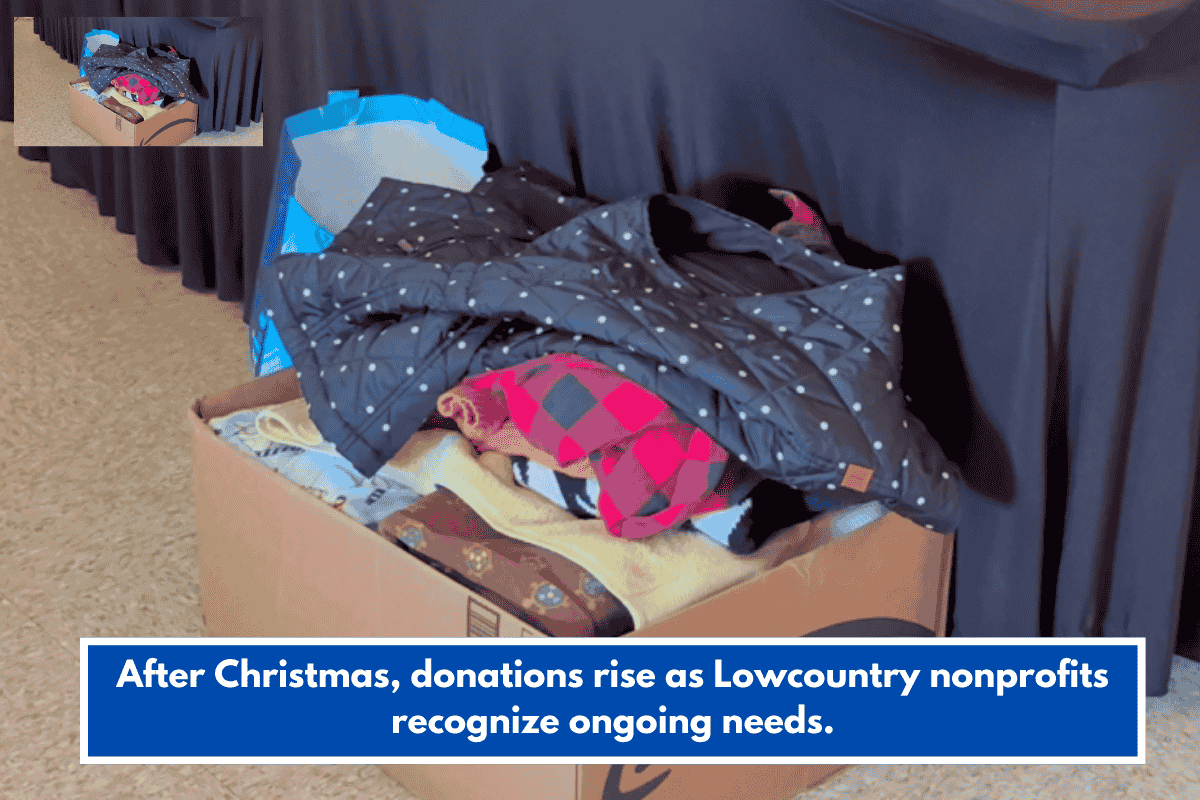Social Security payments are being deposited this week for millions of Americans, with some recipients receiving up to $5,108. These payments come as part of the Social Security Administration’s monthly distribution to over 70 million beneficiaries across the United States. Here’s a breakdown of the payments and the key changes in the system for 2025.
Who Is Getting Paid This Week?
This week, on Wednesday, July 23, beneficiaries born between the 21st and 31st of any month will receive their payments. This group includes:
Retired workers
Spouses of retired workers
Survivors of deceased workers
How Much Are the Payments?
The amount a person receives can vary based on factors like their earnings history and the age they began claiming benefits. Below are the different benefit amounts based on when you start claiming Social Security:
Average monthly benefit (as of May 2025): $2,002.39
Maximum benefit at age 70: $5,108
Maximum benefit at full retirement age (67): $4,018
Maximum benefit at early retirement age (62): $2,831
Key Changes to Social Security in 2025
Several updates have been made to the Social Security system for 2025, affecting recipients in different ways:
COLA Increase Expected in 2026
A 2.5% Cost of Living Adjustment (COLA) is projected for 2026, which will help beneficiaries keep up with inflation and see a modest increase in their monthly payments.
New Tax Deduction for Older Adults
Under the One Big Beautiful Bill Act, older adults aged 65 and over will receive an increased standard deduction starting in 2025. The increase can be as much as $6,000 between 2025 and 2028, meaning:
88% of older Social Security beneficiaries will no longer pay federal tax on their benefits income.
This change shields more low- and middle-income retirees from taxation, making life easier for many.
End of Paper Checks
The federal government will stop issuing paper checks for all payments, including Social Security, SSI, SSDI, and tax refunds, by September 30, 2025. This move follows an executive order from the Trump Administration aimed at improving efficiency and reducing fraud. If you still receive a paper check, it’s time to prepare for the transition to electronic payments.
What Happens Next?
As the administration continues to overhaul federal benefit programs, more Social Security reforms may be on the way. For now, recipients should:
Monitor their payment schedule based on their birth date.
Prepare for the transition if they currently receive paper checks.
Plan for tax changes that will affect their 2025 returns.














